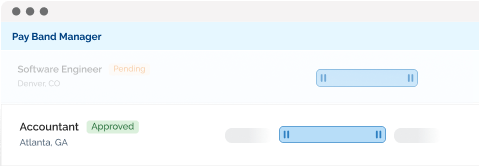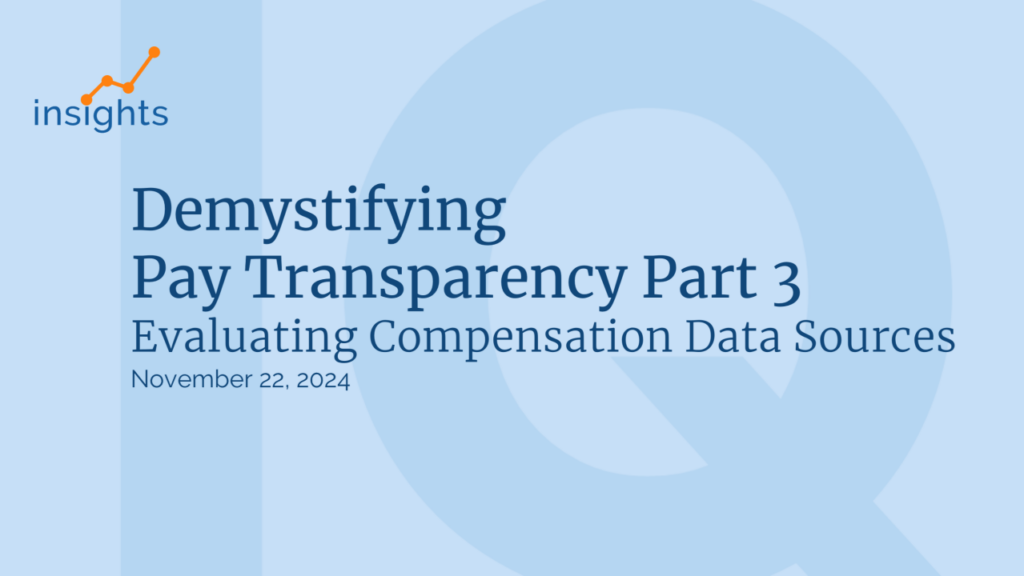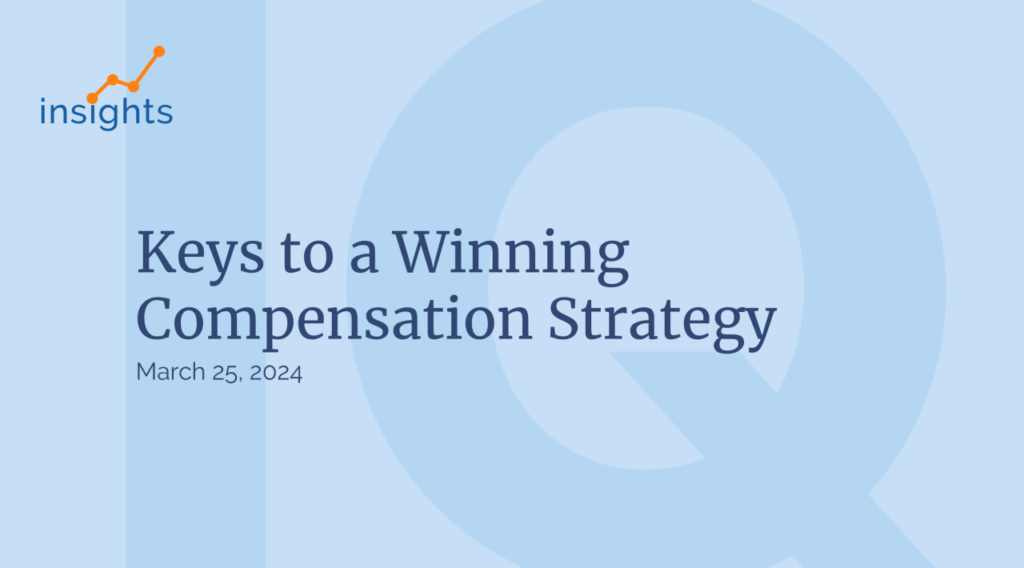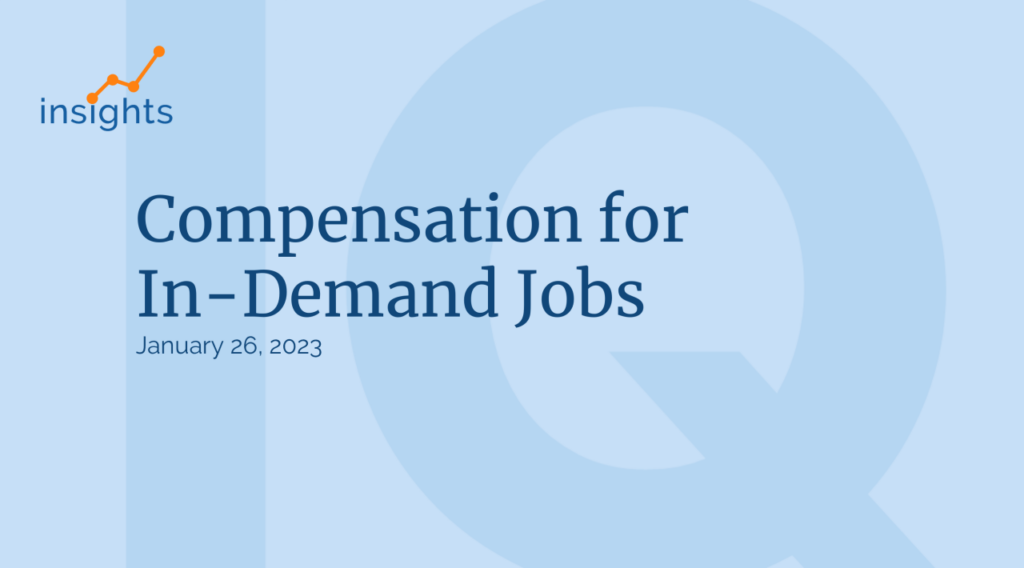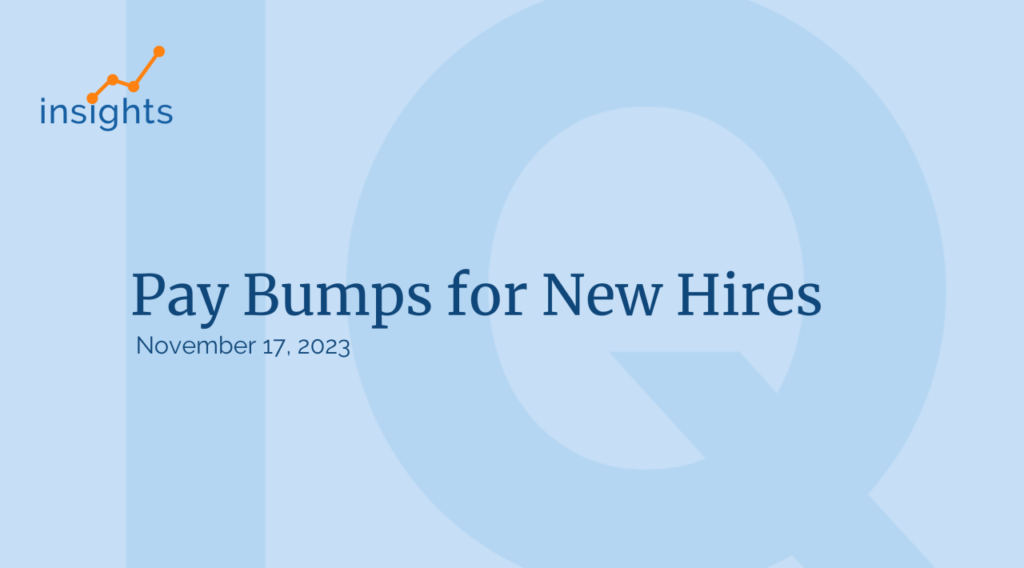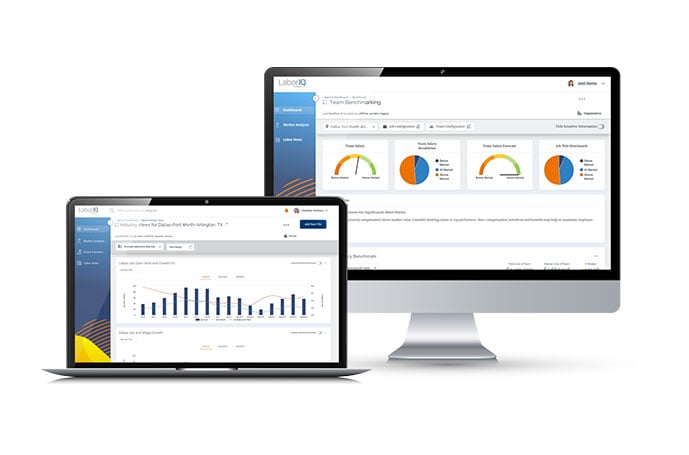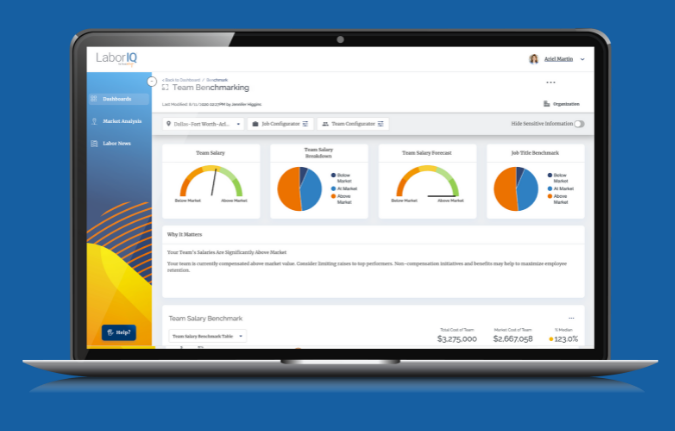The economic downturn in the U.S. is real. Inflation sits at 8.5% (down from a historic high of 9.1%). Against this bleak picture, there’s evidence to suggest that businesses too are experiencing or expect to experience financial woes as a result of the pandemic, including slower growth, supply chain issues and economic uncertainty.
For example, more than 80% of small businesses anticipate a recession this year, and where larger corporations are concerned, a recent PWC study of 700 executives and board members found that:
- 23% are already reducing overall headcount
- 28% have a plan to do so
- 21% are considering developing a plan to do so
With that said, well-known companies that have already reduced their headcount include:
- Netflix: 450 (of which 300 were laid off in June), representing 4%+ of its workforce
- Shopify: 1,000, representing 10% of its workforce
- Microsoft: 2,000, representing around 1% of its workforce
- Peloton: 784, with a plan to lay off around 2,800, representing approximately 20% of its workforce
There are, however, some U.S. industries that are experiencing growth, some possibly following post-COVID increases in travel; these include:
- Airport operations (66.1% growth)
- Travel insurance (62.1% growth)
- Cruise and travel industry franchises (59.7% growth)
- Concert and event promotions (52.7% growth)
- CBD manufacturing (48% growth)
- Online gambling (44.9% growth)
Laying off staff is difficult, but there are things you can do to help employees during this challenging time:

Severance Pay
The U.S. Department of Commerce states that the most basic severance allowance is one week’s pay at the employee’s most recent rate for each year of service, up to and including 10 years.
Then, an additional two weeks pay at the most recent rate for each full year of service over 10 years. The ceiling is 52 weeks of pay.
Not all employees will be eligible for severance pay by law. It’s only mandatory for those who have worked full- or part-time and completed at least 12 months of work. Employers can support employees facing this situation by ensuring their severance calculations are transparent and easy to understand. This could include offering access to an HR professional who can outline the financial support they’re entitled to and the organization’s severance pay policy.
Connections With External Recruiters
An employee’s first concern when they’re laid off is likely money( i.e., how they can meet their financial obligations and how quickly). One way to help ease these fears is to connect them with external recruiters.
For starters, you could:
- Provide information about specialist recruitment agencies available in their area.
- Provide information about which organizations have openings.
- Allow time off for interviews.
- Offer support in completing online job applications.
- Reassure employees that they’ll receive a positive reference (and fast).
One company that took an excellent approach to helping laid-off workers is Airbnb. After laying off staff during the pandemic, they launched an alumni talent directory. Here, laid-off workers could add their resumes and work portfolios for external recruiters looking to source talent.
Mental Health and Well-being Support
It’s essential for organizations working to protect both their reputations and employees to offer support during this difficult process. The emotional impact of being laid off cannot be underestimated.
In fact, a Stanford University study found that common emotional responses include:
- Anxiety
- Fear
- Shock
- Anger
- Feelings of worthlessness
- Shame
Whereas physical responses can include:
- Insomnia
- Upset stomach
- Nausea
- Muscle pain
- Headaches
- Weight loss/gain
When you consider this alongside the fact that 81% of people seek an employer offering mental health support, it’s all the more important that employers provide this benefit.
This is especially true since we’re still in a competitive job market with 11+ million job openings. Employers that want to retain and support existing staff and help those leaving them need a positive and transparent mental health and well-being support program.
Again, an excellent example of this is Airbnb. When it laid off a quarter of its workforce in May 2020, employees received generous severance, a year’s worth of healthcare coverage and four months of access to mental health support. If you’re unsure of what to offer the staff you’re laying off, you may want to take some tips from Airbnb’s book.
Consider Layoff Alternatives
While layoffs are inevitable in some instances, it may be possible to take a different approach by looking at creative ways of retaining workers without letting them go. For example, you may be interested in exploring some or all of the following:
- Job sharing: Although employees will be earning and working less, it’s a way of enabling them to keep a foot in the door and making some money until the situation improves.
- Temporary cuts in indirect benefits: For instance, free food, transportation bonuses, branded products (tTshirts, pens, etc.), cutting high-cost travel (for example, everyone flies economy versus Business class), teleconferencing instead of hosting costly conferences in hotels, etc.
- Furloughss: Popular during the pandemic, this mandatory leave of absence could be a short-term, temporary solution to avoiding full-on layoffs.
- Remote working: Selling off office collateral or reducing office rentals can release a much-needed cash injection into a business. Given that a range of studies show almost 50% of U.S. workers are willing to take a 5% pay cut to work remotely, this may be something to consider.






